LEGS WORKOUT
The legs represent half of the body in terms of volume, but
are often neglected by bodybuilders, who prefer to maximize the muscular
development of the upper body. This is a mistake that should never be made,
because it is absurd to have a muscular bust and legs that are not: on the one
hand because it unbalances the appearance of the physique as a whole, but also
because that when a muscle group is not worked like the others, it is the
muscle growth of the whole body that comes to a halt. Indeed, the body constantly
seeks to maintain a balance and when the balance of the masses is not
respected, muscle building stops in order not to amplify this imbalance. Thus,
many are those who complain of stagnating for a long time, of no longer gaining
muscle even by training hard and having a high protein and high calorie diet.
Having muscular legs is a must and to stand out, develop your quadriceps and
your hamstrings!
THE THIGHS: A MUSCLE GROUP COMPOSED OF 3 MUSCLES
The thighs are divided into 3 distinct muscles:
THE QUADRICEPS
The quadriceps is a muscle housed on the front part of the
thigh and, as its name suggests, it is made up of 4 bundles:
- Vastus medialis (vastus medialis)
- The vastus lateralis (Vastus lateralis)
- The anterior rectus (The rectus femoris)
- The Tailor (Sartorius)
The quadriceps is involved in knee extension and hip
flexion. Also, it is a patella stabilizer.
EXERCISES TO STRENGTH THE QUADRICEPS
The Squat
Place your feet naturally, shoulder width apart. Descend below the line of the knees and on the ascent, push off with the heel and the outside of the foot.
The Leg Extension
For effective quadriceps recruitment without putting
pressure on the knees, make sure your knees are placed at the joint height of
the machine.
The Oblique Press
The oblique press makes it possible to work heavy without
putting pressure on the back. However, be careful not to roll up the pelvis
during the descent: the lower back and buttocks must remain flat.
The Horizontal Press
As with the work on the oblique press, be sure to keep your
lower back and glutes flat against the seat and backrest.
Front Lunges
In forward lunges, you can straighten the back leg or bend
it. The back should remain as straight as possible.
The Sissy Squat
The sissy squat is an isolation exercise that engages the
quadriceps. Hold on to a bench or squat rack.
The Front Squat
The front squat is a variation of the squat that more
specifically engages the quadriceps and hamstrings, while putting less pressure
on the lower back.
HAMSTRINGS
The hamstrings are located at the back of the thigh and are
involved in knee flexion and hip extension. They consist of 3 bundles:
- The biceps femoris
- The semitendinosus
- The semi-membranous
EXERCISES TO STRENGTH THE ISCHIOS
The Elongated Leg Curl
To properly recruit the hamstrings, make sure that the tube
of the device touches your hamstrings at the end of the climb. Keep your head
in line with your back so as not to put pressure on your lower back.
The Ceated Ceg Curl
Make sure your knees are at the same height as the knuckle
of the machine before you begin your set.
The Standing Leg Curl
The standing leg curl is a great isolation exercise for the
hamstrings. It allows in particular to reinforce the curve of the back of the
thighs.
Straight Leg Deadlift
The straight leg deadlift is a basic exercise that engages
the hamstrings, lower back and glutes. Be sure to make a rocking motion so that
the hamstrings are well stretched during the exercise.
ADDUCTORS
The adductors are the muscles of the inner wall of the
thigh. The adductor is adductor of the thigh, external rotator of the pelvis,
extensor and flexor.
EXERCISES TO STRENGTH ADDUCTORS
Sumo Squats
To do a good sumo squat, keep your back straight and sink
your pelvis between your adductors while looking straight ahead.
Machine Adductions
Machine adductions isolate the adductors. Pause slightly in
maximum contraction and control the eccentric phase well.
THE EXERCISES TO PREFER TO MUSCLE THE THIGHS
The above exercise lists help recruit quads, hams, and adductors
from different angles. Nevertheless, building your thighs requires above all
the mobilization of all these muscles which work in synergy during
polyarticular movements. This is the case with the squat, which involves the
quadriceps, hamstrings and adductors. Thus, the squat is an exercise to be
favored for the overall development of the thighs. Also, the oblique press
allows you to recruit the quadriceps and the hamstrings : the quadriceps in the
concentric phase and the hamstrings in the eccentric phase. Finally, forward
lunges are also very useful and can be considered a polyarticular movement.
Indeed, the front lunges, the walking lunges and the side lunges involve the
quadriceps, the hamstrings and the adductors, in addition to strongly soliciting
the glutes. It is important to include these exercises in any program for the
legs because they recruit all the fibers and promote the secretion of anabolic
hormones by the body. All other movements, analytical, are useful for
increasing congestion and fine-tuning the work of these muscle groups. In the
off season, you can build strong, bulky thighs simply with squats and front
lunges! Obviously, you are not a powerlifter and we advise you to incorporate
at least one isolation movement in each leg session.
THE BASIC EXERCISES THAT BEST RECRUIT THE THIGHS
- The squat
- The sumo squat
- Front lunges
- Straight Leg Deadlift
- The thigh press
AN EXAMPLE OF A PROGRAM FOR STRENGTHENING THE LEGS
OUR TIPS FOR OPTIMIZING LEG MUSCULAR DEVELOPMENT
warm up
Warming up is important for working all muscle groups, but it is even more important for training the legs. Indeed, many joints come into play and a simple injury can prevent you from training for months, destroying your hopes of progress. Do at least 10 minutes of stationary cycling. Next, warm up your pelvis, knees, and ankles. Feel free to stretch your adductors, hamstrings, and quads before your workout. Some specialists oppose stretching before strength training because it can lead to loss of strength. Know that this loss of strength is measured in grams and that it is better to push a little less heavy and not get injured, since your goal is to gain muscle volume and not just strength.
Place your feet correctly
During the squat, the placement of the feet is essential to the proper execution of the movement. Some advise to spread your feet shoulder-width apart and place your feet at “10:10”. This is a valid rule, but everyone has their own biomechanical quirks and it may not be right for you. A rule that works every time: put the bar on your traps and shoulders, then take it out of the rack. Then, without looking at your feet, allow them to settle on their own, naturally, until the starting position feels comfortable. Proceed to the descent, and stop when the hamstrings touch your calves (this corresponds to a 45° flexion). During the ascent (push), remember to take good support on the heel and the outside of the foot.
Wear a belt
For straight leg squats and deadlifts, we recommend wearing a weight belt. The belt does not protect against injury, but it helps keep the stomach tight and limits pressure in the lower back.
Contract abs and glutes
During the squat, press, and straight leg deadlift, be sure to contract your abs and glutes throughout the movement.
stretch
Before your session, during your session and after your session.
Between each series, stretch the muscle in small jerks, without pain. This helps to stretch the fascia (the membrane that wraps the muscles) and bring more blood into the muscle fibers.
After your sessions, or at the end of the day, perform gentle and longer stretches, keeping the stretch for at least one minute on each muscle (hamstrings, quadriceps and adductors). Also stretch your psoas and your glutes to free the lumbar area from muscle stiffness.
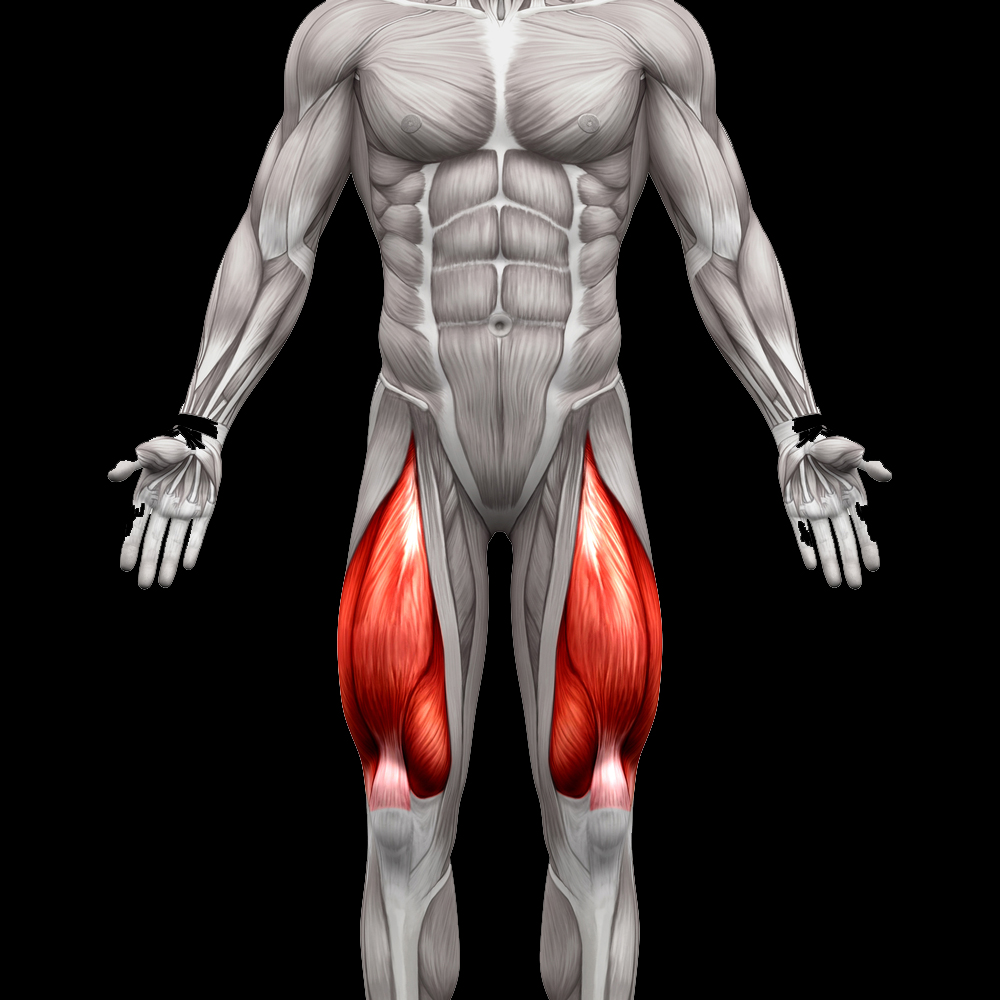



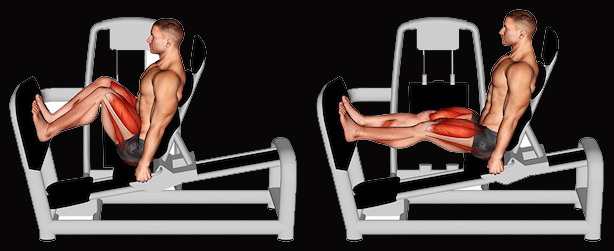
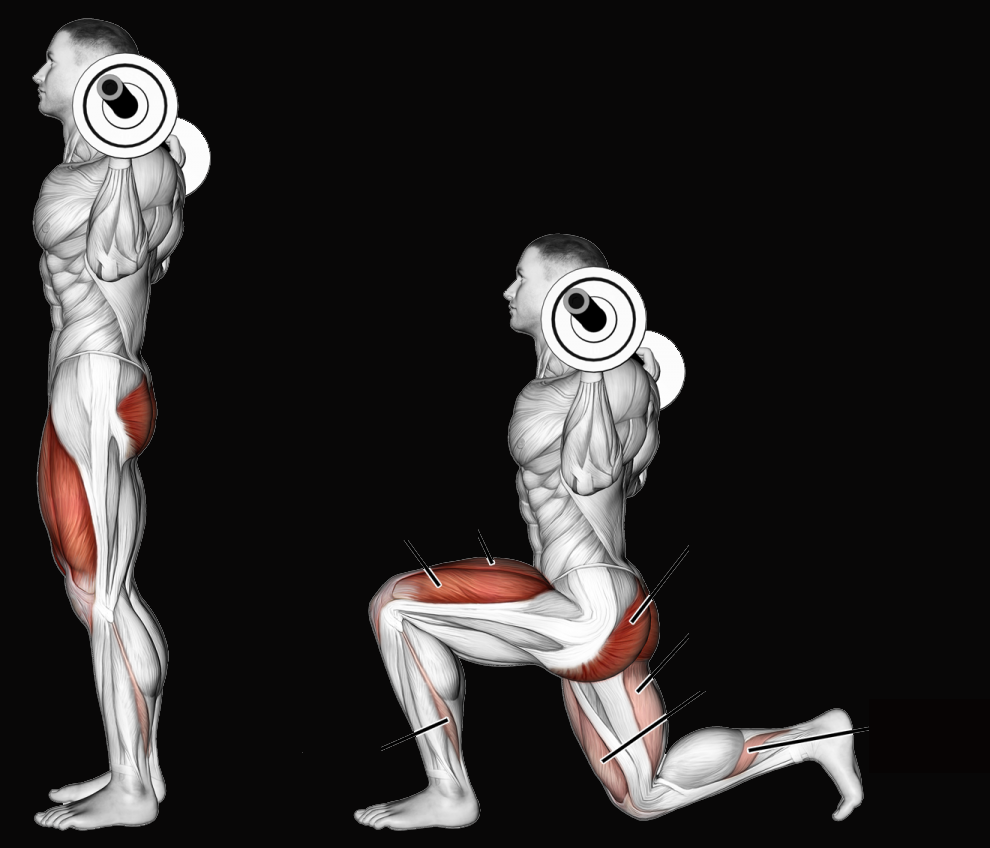




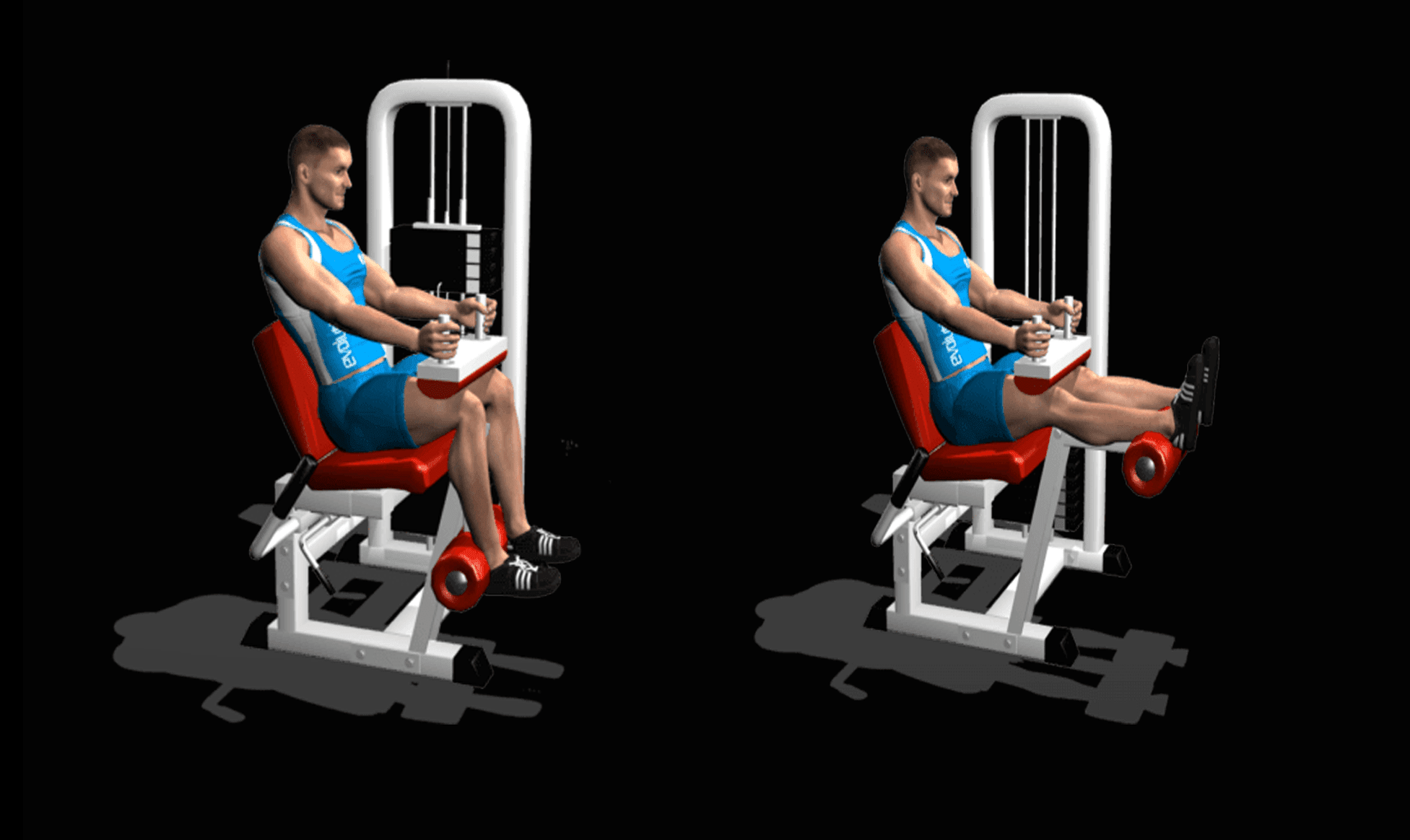

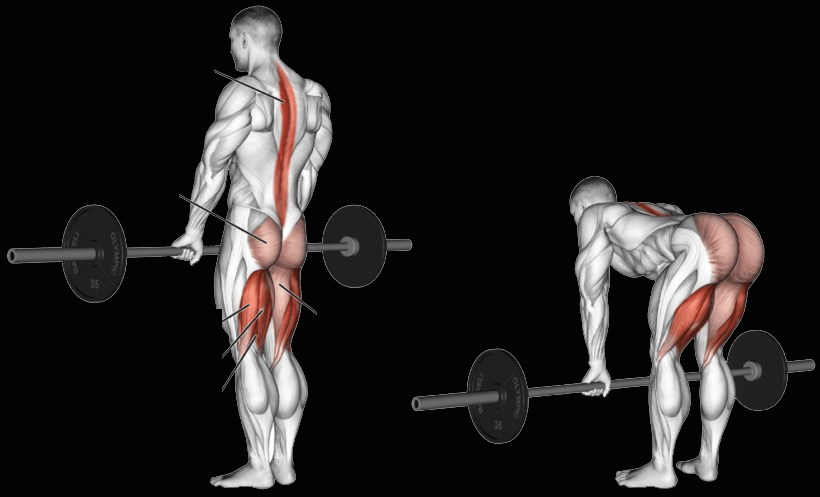
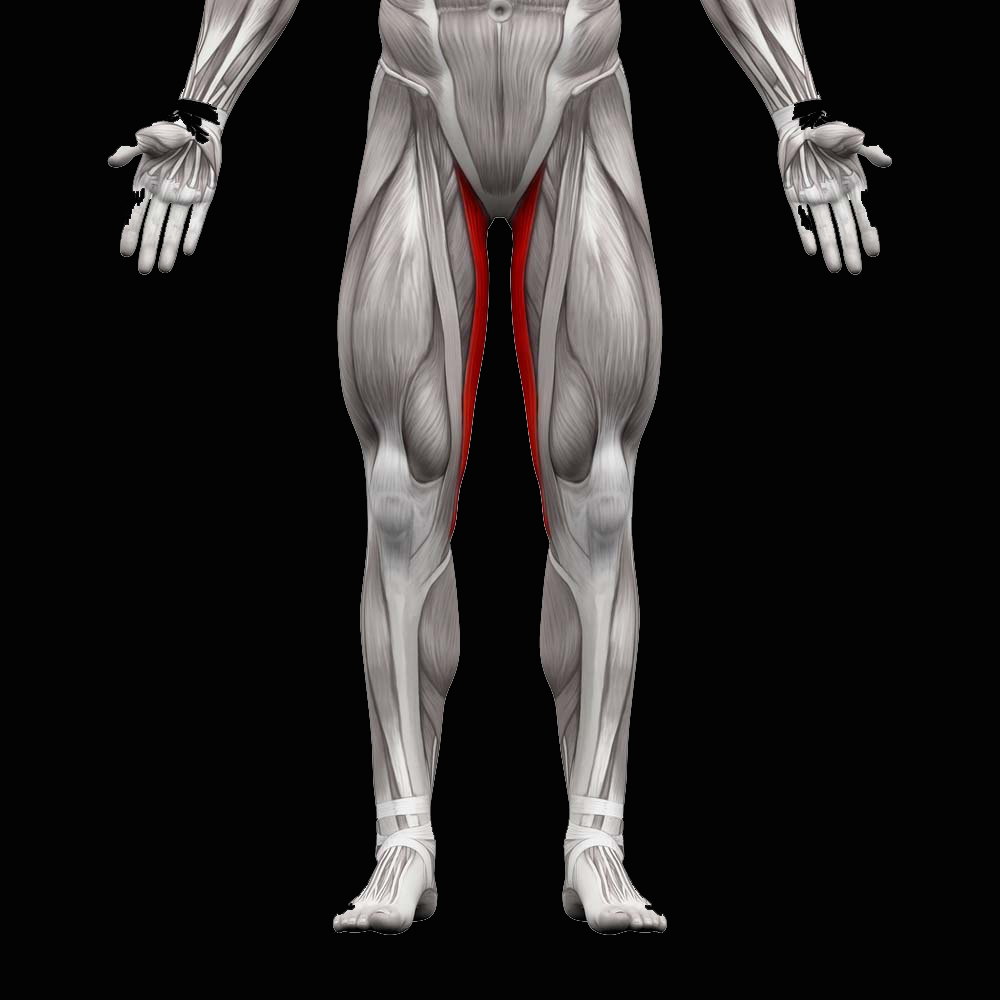
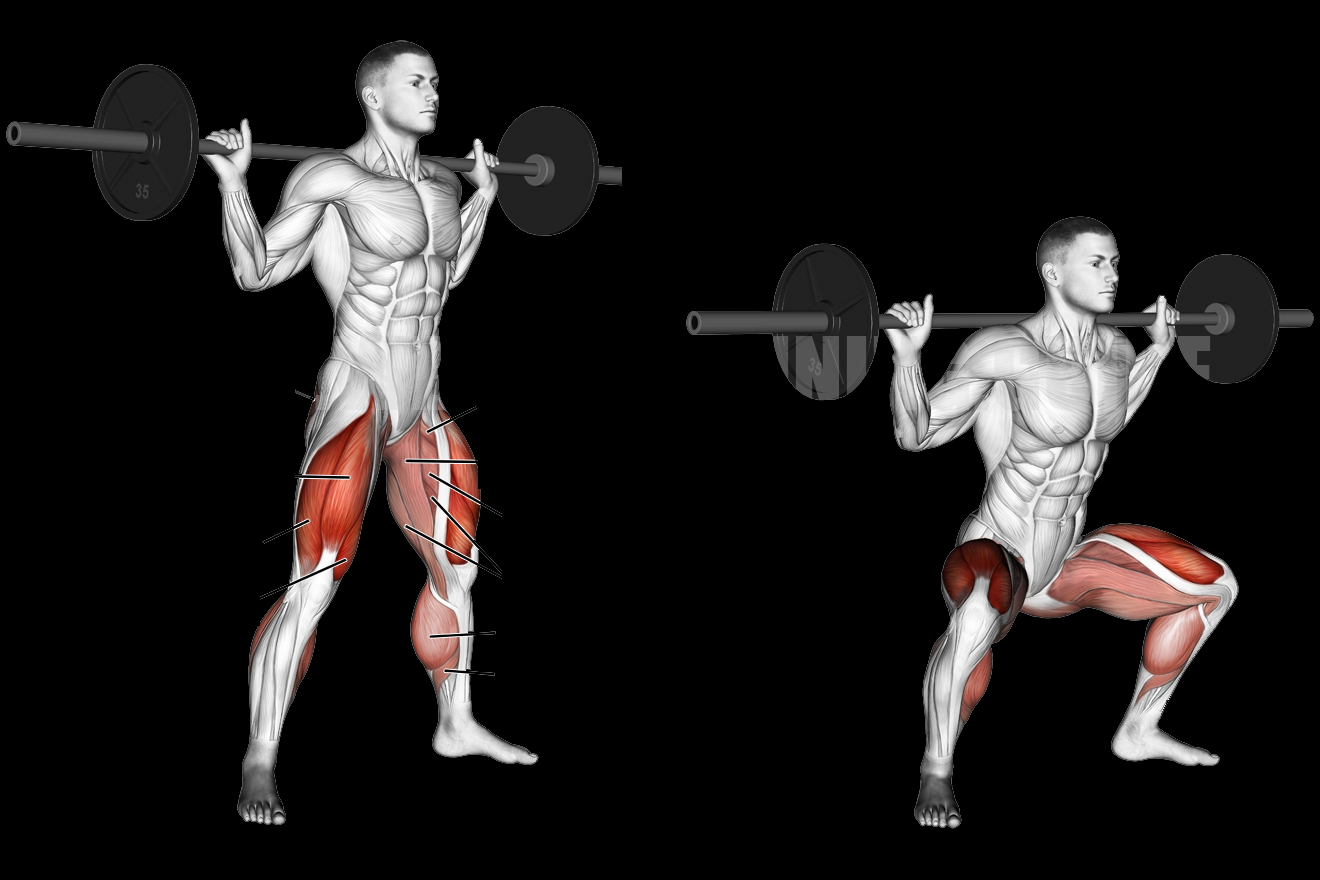
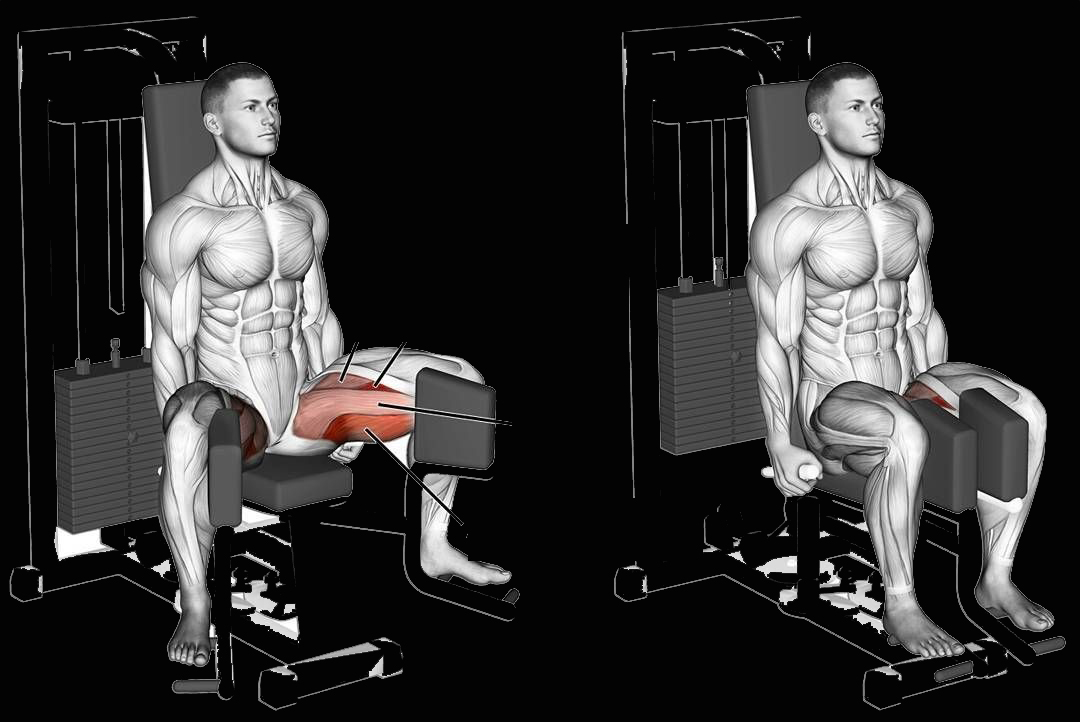
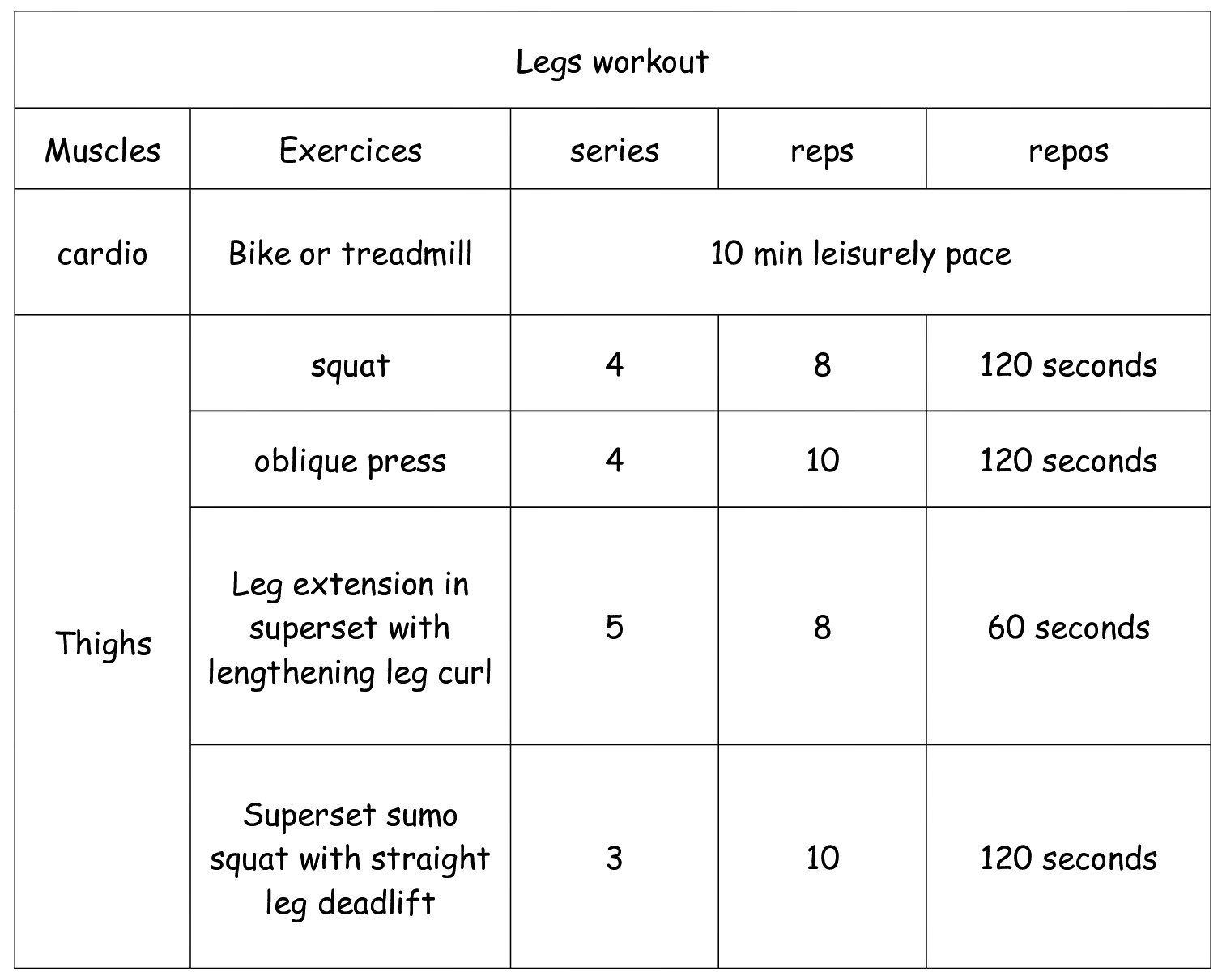
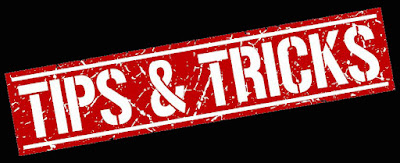
Post a Comment